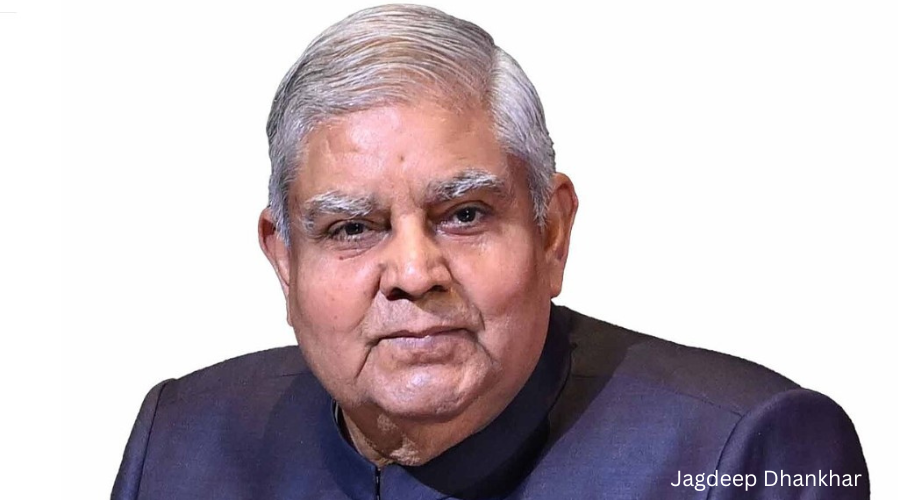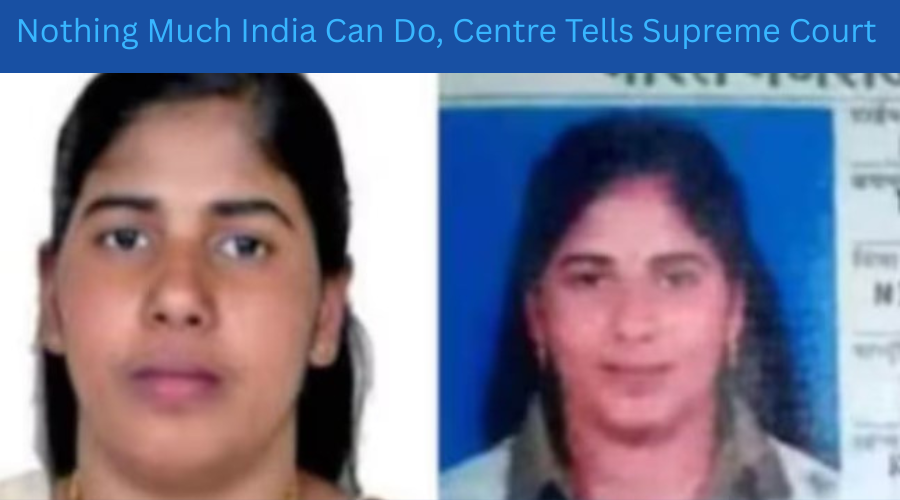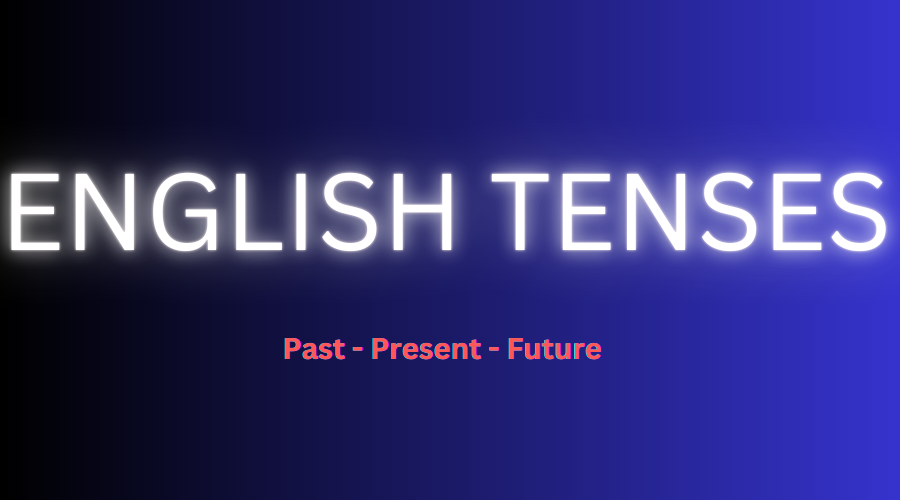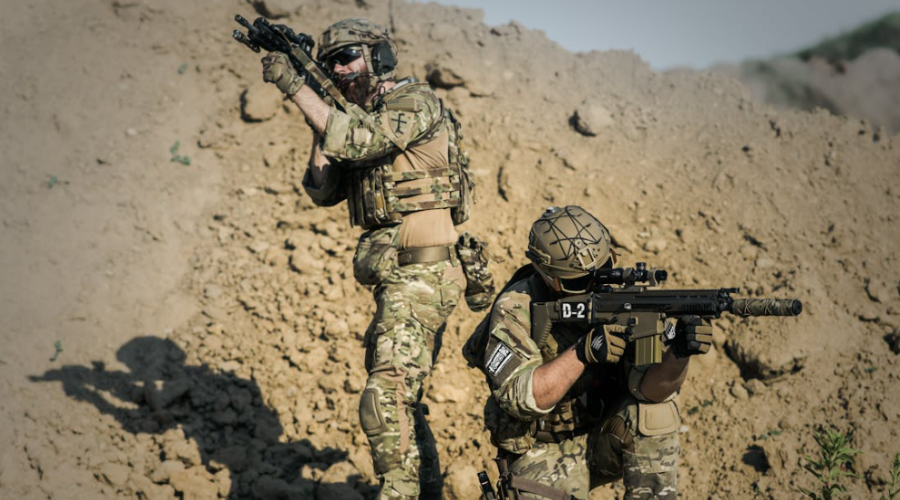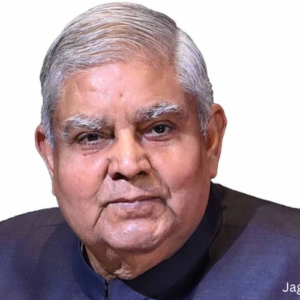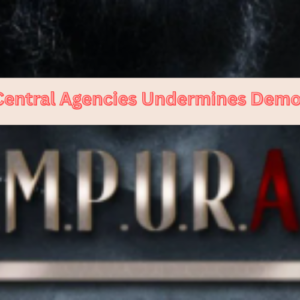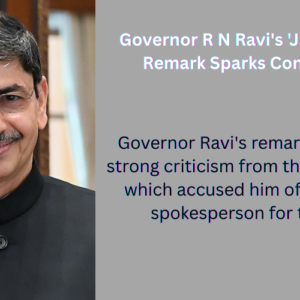Tenses in English indicate the time of an action. They are broadly categorized into three:
1. Present Tense – Actions happening now or regularly.
2. Past Tense – Actions that happened before now.
3. Future Tense – Actions that will happen later.
Each of these has four forms: simple, continuous, perfect, and perfect continuous.
1. Present Tense
a) Simple Present – For habitual actions, general truths, or scheduled events.
Structure: Subject + base verb (+s/es for he/she/it)
– She writes articles.
– The sun rises in the east.
b) Present Continuous – For ongoing actions happening right now.
Structure: Subject + is/am/are + verb+ing
– She is writing an article.
– I am reading a book.
c) Present Perfect – For actions completed at an unspecified time before now or that have relevance to the present.
Structure: Subject + has/have + past participle
– She has written many articles.
– I have finished my work.
d) Present Perfect Continuous – For actions that started in the past and are still continuing.
Structure: Subject + has/have been + verb+ing
– She has been writing for two hours.
– I have been reading this book since morning.
—
2. Past Tense
a) Simple Past – For completed actions in the past.
Structure: Subject + past form of verb
– She wrote an article yesterday.
– I watched a movie last night.
b) Past Continuous – For actions that were happening at a specific time in the past.
Structure: Subject + was/were + verb+ing
– She was writing an article when I called.
– They were playing football at 5 PM.
c) Past Perfect – For an action completed before another past action.
Structure: Subject + had + past participle
– She had written the article before the deadline.
– I had finished my work before he arrived.
d) Past Perfect Continuous – For actions that were ongoing in the past before another past action.
Structure: Subject + had been + verb+ing
– She had been writing for two hours before taking a break.
– They had been working all day when the power went out.
—
3. Future Tense
a) Simple Future – For actions that will happen in the future.
Structure: Subject + will + base verb
– She will write an article tomorrow.
– I will watch a movie tonight.
b) Future Continuous – For actions that will be happening at a specific time in the future.
Structure: Subject + will be + verb+ing
– She will be writing an article at 5 PM.
– They will be playing football in the evening.
c) Future Perfect – For actions that will be completed before a certain point in the future.
Structure: Subject + will have + past participle
– She will have written the article by tomorrow.
– I will have finished my work before 8 PM.
d) Future Perfect Continuous – For actions that will be ongoing for a period in the future.
Structure: Subject + will have been + verb+ing
– She will have been writing for two hours by 6 PM.
– They will have been studying for months before the exam.
—
News in Same Category
 Transitive and Intransitive Verbs
Transitive and Intransitive Verbs
 Ask Questions Using Would You, Could You, Will You and Can You
Ask Questions Using Would You, Could You, Will You and Can You
 Using ‘mind’ as a verb to instruct someone to be careful or take care of something
Using ‘mind’ as a verb to instruct someone to be careful or take care of something
 The term ‘mind’ to denote the act of taking care of someone or something
The term ‘mind’ to denote the act of taking care of someone or something
 He doesn’t mind, She doesn’t mind, I don’t mind
He doesn’t mind, She doesn’t mind, I don’t mind
 The Phrase “Never Mind”
The Phrase “Never Mind”
 Uses of ‘Mind’ as a Noun
Uses of ‘Mind’ as a Noun
 Uses of ‘Being’
Uses of ‘Being’
 ‘In a Nutshell’: Summarizing Complex Ideas Concisely
‘In a Nutshell’: Summarizing Complex Ideas Concisely
 Difference Between Phrase and Clause
Difference Between Phrase and Clause
 Either… or…
Either… or…
 Rather, Rather than, Rather a lot, Or rather
Rather, Rather than, Rather a lot, Or rather
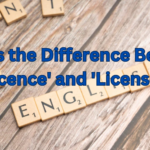 What Is the Difference Between ‘Licence’ and ‘License’?
What Is the Difference Between ‘Licence’ and ‘License’?
 Usage of Neither
Usage of Neither
 Here are Essential Steps to Kickstart your Journey as a Professional Copy Editor
Here are Essential Steps to Kickstart your Journey as a Professional Copy Editor
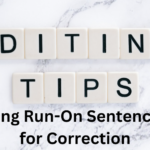 Mastering Run-On Sentences: Tips for Correction
Mastering Run-On Sentences: Tips for Correction
 How to use “of course” in a sentence?
How to use “of course” in a sentence?
 UKMSSB Announces Recruitment for 1455 Nursing Officer Positions: Application Process Begins on December 12
UKMSSB Announces Recruitment for 1455 Nursing Officer Positions: Application Process Begins on December 12
 NTA Extends JEE Main 2024 Registration Deadline to December 4
NTA Extends JEE Main 2024 Registration Deadline to December 4
 Symbiosis Reports Remarkable Response with Over One Lakh Registrations for SNAP 2023
Symbiosis Reports Remarkable Response with Over One Lakh Registrations for SNAP 2023
